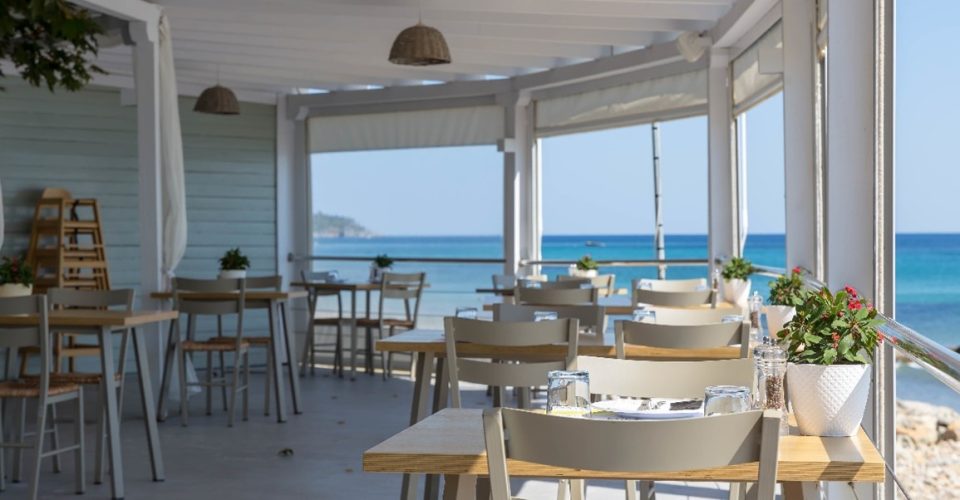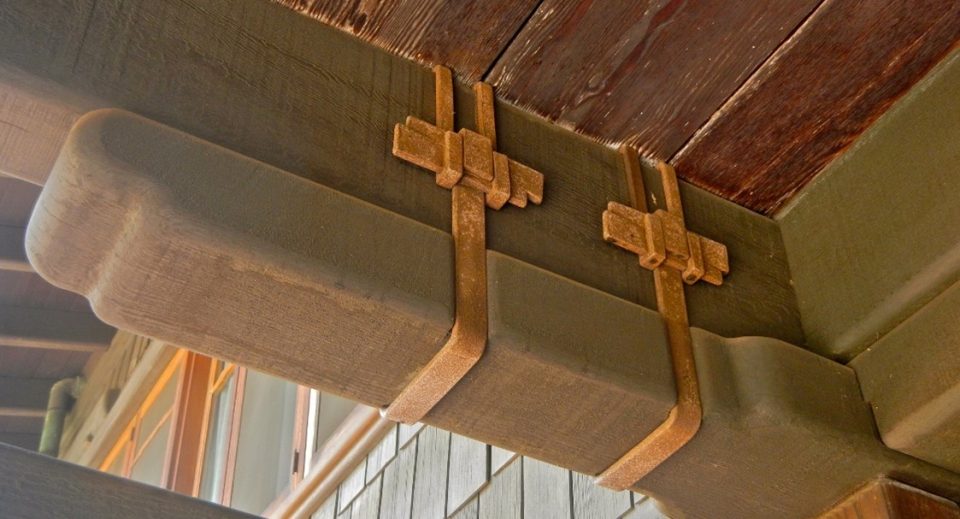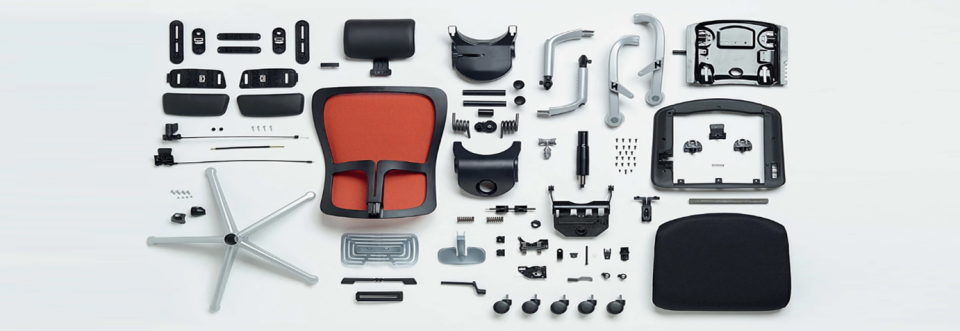RENEWING OUR SUSTAINABLE VOW
As we enter into Q2, DI will be focusing on sustainability and how we can do our part to educate responsible designers.
Last month Interior Design kicked off its Giant Ideas conference in San Diego County, celebrating the magazine’s Giants of Design and innovation. After a morning Encinitas beach clean-up, conferees heard ThinkLab founder Gretchen Schneider put Sustainable Design at the top of the list of challenges for 2023 as she previewed the soon-to-be-announced Sustainability Giants – including firms who say 60% of their projects meet sustainability criteria, representing $1.8 billion in design fees. Attending designers agreed “work still needs to be done.” Stay tuned for the magazine’s roll-out of Sustainability Giants later this spring.

Meanwhile the Intergovernmental Panel on Climate Change (IPCC) has issued its AR6 Synthesis report, noting that adaptation planning for climate change “has progressed” but the current pace and scale of climate action is still “insufficient.” The choices we make this decade, the report concludes, “will have impacts now and for thousands of years.” How can designers contribute more?
EFFECTIVE STEWARDSHIP
Designers are stewards of our built world (the IPCC says Effective Ecosystem Stewardship is one of five “enablers” that will get us where we need to go). Interior designers have an essential role to play – they make literally hundreds of decisions on each project, and every decision is an opportunity to adapt interiors to meet the global challenge. Multiply that by 40,000 designers working in the multi-billion-dollar U.S. interiors industry alone, and you have a force for good. Interior designers are professionals trained to make informed decisions when they plan space and select furniture, finishes, and systems; many take the extra step to become LEED accredited to apply sustainable strategies.
Designers look backward and forward with every decision: backward to where a product came from, what materials were extracted, and what level of carbon is embodied in its manufacture and transport. They look forward to the impact that products have on the health and wellbeing of people who occupy the interior after the designer’s work is realized.

REDUCING GREENHOUSE GAS EMISSIONS
How much difference can designers make in reducing greenhouse gas emissions? According to the World Green Building Council, buildings are responsible for 39% of global energy-related carbon emissions: 28% from building operations (heating, cooling, lighting), and 11% from materials and construction. Don’t underestimate the role of the designer’s lighting selections – they account for much more than comfort and atmosphere. Lighting accounts for 17% of a commercial building’s energy use on average. The biggest reduction in building energy use in the last 15 years has come from LED (light-emitting diode) lighting and other high-efficiency fixtures. LED uses up to 90% less energy than traditional incandescent and can last up to 25 times longer. It is versatile and can be used for both ambient and task lighting. Natural daylighting, managed thoughtfully with solar shading, window coverings, and reflective finishes, is energy-efficient, improves mood and helps regulate circadian rhythms.

TODAY’S TARGET: EMBODIED CARBON
As we’ve cut dependence on operational carbon by designing efficient building systems, attention has turned to embodied carbon: the greenhouse gases emitted in the extraction, production, transportation and end-of-life disposal of products and materials. Designers are asked to evaluate the intensity of energy use in the fabrication of furnishings, products and finishes, and to be mindful of distance from source to site, since transport can significantly increase the carbon footprint of a product or material that was sustainable at the source but may be less so by the time it reaches its destination.
ADAPTABILITY, DECONSTRUCTION, AND RE-USE
With many interdependent decisions to make, it is helpful to think about an interior as not merely a collection of products but as a system. A holistic approach based on adaptability, deconstruction, and re-use is proposed in the book Buildings That Last. Interior design projects have a shorter life-cycle than architectural projects. That means more frequent demolition and more embodied carbon products in landfills – with all the upstream processes that went into their manufacture and installation. Design for adaptability means anticipating, up-front, a design’s ability to accommodate a different future function. Flexible space planning and specification of more durable and lasting materials are ways to optimize for adaptability. Hint: durable materials can have a second life if mechanically fastened, not glued into place.

DECONSTRUCTION
Design for deconstruction makes it easier to disassemble the materials of a project so they can be reused in future projects. It conserves resources and lessens environmental degradation and global warming associated with new products and materials. It can have health benefits as adhesives are minimized, creating the potential for lower VOC emissions and improved indoor air quality (IAQ). Incorporating deconstruction into a project challenges designers to coordinate closely with installing contractors, and to use standard unit sizes to make life easier for an unknown future user. One example of the industry’s rapid evolution toward deconstruction is the growing trend of leasing carpeting. Another trend is the increased use of wood, which sequesters carbon. Two, three, or more lives of a wood product mean the carbon is sequestered that much longer.

CREATIVE RE-USE
Reusing materials challenges designers to adopt a mindset embracing all building products – vintage as well as new-slightly-worn – as the raw material for their next vision. Sharing this vision with clients is the first step. The next is rethinking design goals connected with available quantities – a creative process that may change the initial design vision for the better. The possibilities will expand as we move into a future of greater variety and quantity of re-useable availability. This future is visible now in Buildings as Material Banks, a project joining 15 European partners in 7 nations in a cooperative system for deconstruction and repurposing – a circular economy for buildings.

Learn the sustainable design principles successful designers are applying to meet tomorrow’s interior design challenges. Design Institute of San Diego offers a Bachelor of Fine Arts (BFA) in Interior Design Degree Program and a Master of Interior Design (MID) in two and three-year tracks. You’ll learn design fundamentals as well as innovative applications from a faculty of practicing interior designers. With a degree from Design Institute of San Diego, you’ll be prepared for a rewarding career in interior design. Learn more.
Image credits
Figure 1 – “Very low tide today in Encinitas, Stone Steps Beach” by Tim Buss is licensed under CC BY 2.0.
Figure 2 – “Green technology startup environment pollution” by RecondOil is licensed under CC BY 2.0.
Figure 3 – “Interior of Aelia Restaurant Kassandra” by marcoverch is licensed under CC BY 2.0.
Figure 4 – “Adjustable Joinery” by PunkToad is licensed under CC BY 2.0.
Figure 5 – “Office Furniture – Chairs” from Cubicles.com.
Figure 6 – “Spaceship Earth” by magicalfanaticism is licensed under CC BY 2.0.